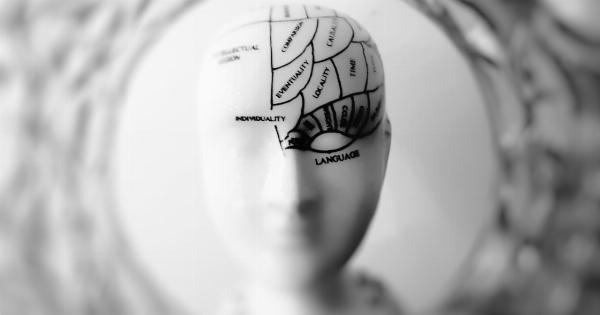Jaundice is a common medical condition that affects newborn babies within the first few days of their life. It occurs when there is an excess of bilirubin, a yellow pigment produced during the breakdown of red blood cells, in the blood.
Jaundice presents as yellowing of the skin and whites of the eyes. Parents need to be aware of jaundice because it can lead to serious complications if left untreated. This article will discuss what every parent should know about jaundice.
Causes of Jaundice in Infants
Jaundice in infants is caused by an excess of bilirubin in the blood. Bilirubin is produced when red blood cells are broken down and processed by the liver.
In newborns, the liver is not fully developed, so it may not be able to process bilirubin effectively. This can lead to a buildup of bilirubin in the blood and subsequent jaundice.
Symptoms of Jaundice in Infants
The most common symptom of jaundice in infants is yellowing of the skin and whites of the eyes. Other symptoms may include:.
- Yellowing of the gums and roof of the mouth
- Darker than usual urine
- Fussiness or lethargy
- Poor feeding
Types of Jaundice
There are primarily two types of jaundice in infants:.
Physiological Jaundice
Physiological jaundice is the most common type of jaundice in newborns. It occurs as a result of the normal breakdown of red blood cells. This type of jaundice is usually mild and goes away on its own within a few weeks.
Pathological Jaundice
Pathological jaundice is less common than physiological jaundice and is caused by an underlying medical condition such as an infection, liver disease or blood incompatibility between mother and baby. This type of jaundice requires medical treatment.
Risk Factors for Jaundice
Several factors can increase an infant’s risk of developing jaundice:.
- Preterm birth
- Dehydration
- Blood incompatibility between mother and baby
- Breastfeeding difficulties
- East Asian or Mediterranean ethnicity
Diagnosis of Jaundice
Jaundice is usually diagnosed by a visual examination of the infant’s skin and eyes. If the doctor suspects jaundice, they may order a blood test to check bilirubin levels.
In some cases, an ultrasound or liver function tests may be ordered to determine the cause of the jaundice.
Treatment for Jaundice
Most cases of jaundice in newborns do not require treatment and go away on their own. However, if bilirubin levels are high, treatment may be necessary. Treatment options include:.
Phototherapy
Phototherapy involves placing the baby under special lights that help to break down the excess bilirubin in the blood. The baby’s eyes will be covered to protect them from the light.
Exchange Transfusion
In severe cases of jaundice, an exchange transfusion may be necessary. This involves removing small amounts of the baby’s blood and replacing it with donor blood. This helps to reduce the levels of bilirubin in the body.
Complications of Jaundice
If left untreated, jaundice can lead to complications such as:.
- Kernicterus – a rare but severe brain disorder that can result in hearing loss, vision problems, and developmental delays
- Cerebral Palsy – a group of motor disorders that can affect muscle coordination and movement
- Death
Prevention of Jaundice
To prevent jaundice in newborns, it is important to ensure that they are well hydrated and feeding regularly. Moms should breastfeed their babies every two to three hours, and babies should have at least six to eight wet diapers a day.
If a baby’s bilirubin levels are elevated, additional tests may be required to identify the cause of the jaundice.
Conclusion
Jaundice is a common medical condition in newborns that can be easily treated. However, if left untreated, it can lead to serious complications.
Parents should be vigilant for symptoms of jaundice and seek medical attention if they suspect that their baby may be affected. Early diagnosis and treatment can help to prevent complications.



























